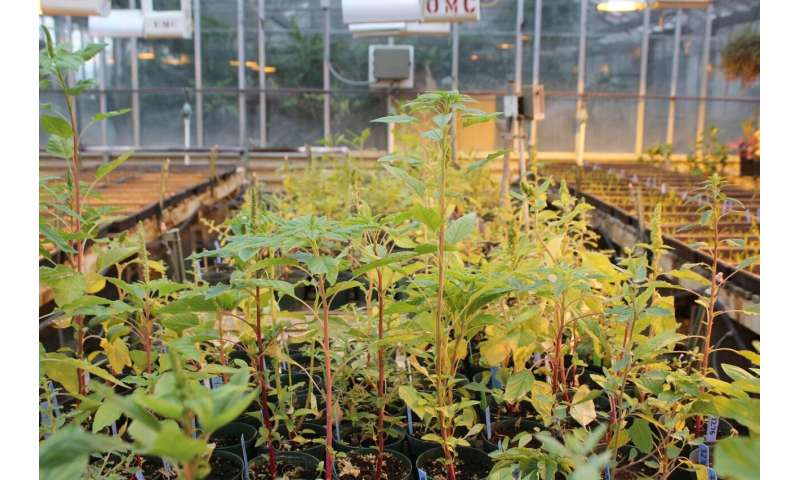Research shows most bird feed contains troublesome weed seeds

When researchers examined the contents of 98 commercially available bird feed mixes, they uncovered several significant findings:
- The mixes contained seeds from 29 weed species.
- 96 percent of the mixes contained seeds for pigweed species weeds, which can represent a significant threat to agriculture.
- One in 10 contained Palmer amaranth or waterhemp seeds that demonstrated resistance to glyphosate in a greenhouse screening.
- Seeds from kochia, common ragweed, foxtail species and wild buckwheat were also found in many of the mixes.
The researchers also explored which harvested bird feed ingredients contributed most to weed seed contamination. They found that proso millet grain was closely linked to the presence of pigweed species weeds, while safflower and sunflower contributed most to the presence of kochia and common ragweed, respectively.
"While it is difficult to estimate the precise role commercial bird feed plays, there is a distinct possibility it may be an overlooked pathway for spreading troublesome weed species into new regions," says Eric Oseland of the University of Missouri.
To mitigate the risks, researchers recommend careful weed management in crop fields designated for bird feed, as well as the use of sieving during packaging to reduce weed seed contamination. They also point to the proven effectiveness of regulatory measures adopted in Europe to limit weed seed content in bird feed.
More information: Eric Oseland et al, Examination of Commercially-Available Bird Feed for Weed Seed Contaminants, Invasive Plant Science and Management (2020). DOI: 10.1017/inp.2020.2
No comments:
Post a Comment